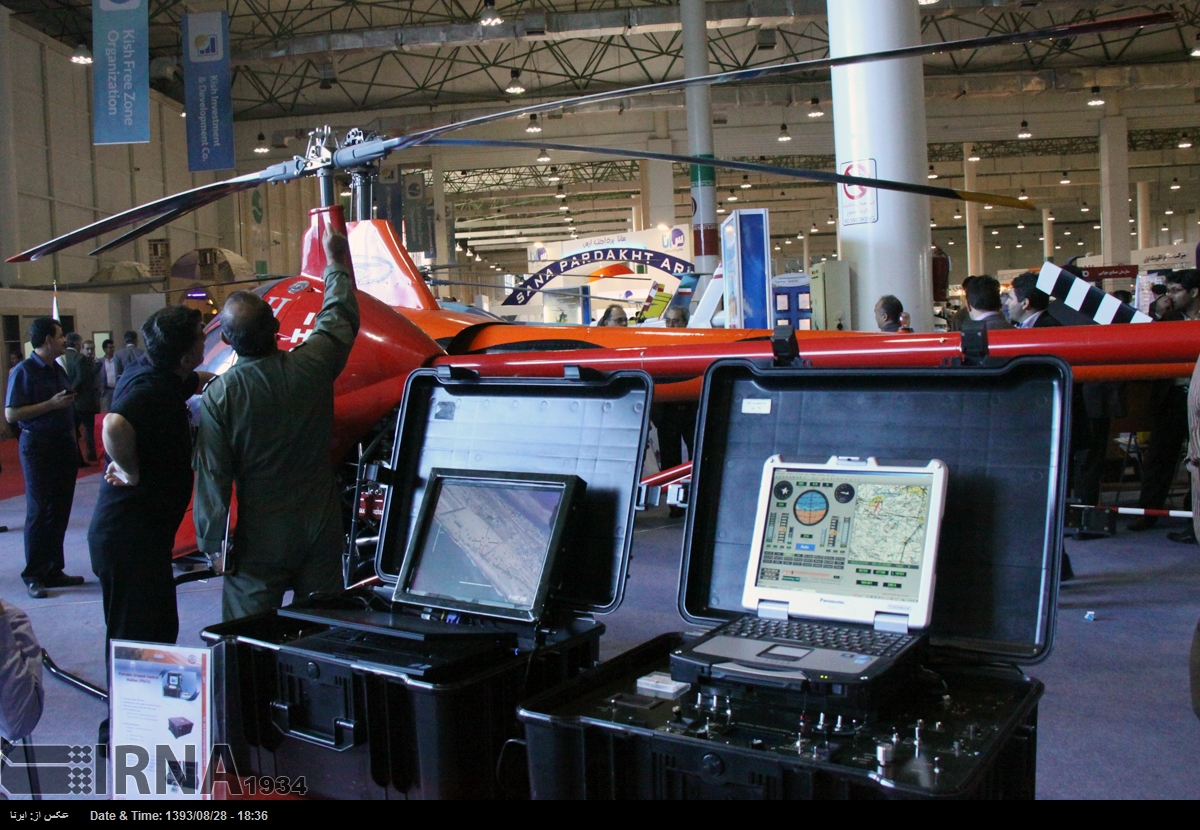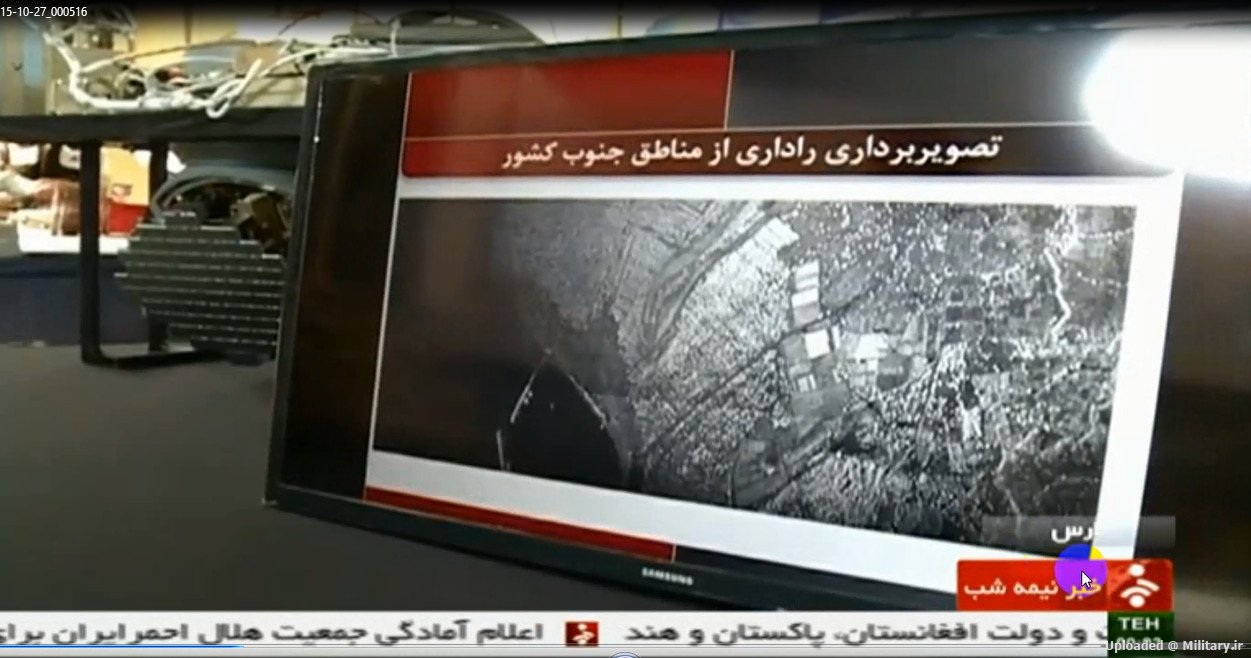08/02/201015:14
MOSCOW, February 8 (RIA Novosti) - Iran started on Monday production of two domestically-developed unmanned aerial vehicles capable of delivering high-precision bombing strikes and performing reconnaissance missions, the Fars news agency said.
Iran unveiled the drones, dubbed Ra'd (Thunder) and Nazir (Harbinger), at a plant in the northern province of Mazandaran.
"We plan to manufacture UAVs...at this site" Fars quoted Hamed Saeedi, managing director of Farnas Aerospace Company in charge of the project, as saying.
He said both UAVs were short-range, low-altitude drones with reduced radar-detection signature.
According to analysts, Iran has recently made significant progress in developing various types of combat planes and succeeded in gaining the technical know-how for producing aircraft and drones with stealth capabilities.
Iran launched a domestic arms development program after a U.S. weapons embargo was imposed during its 1980-88 war with Iraq. Since 1992, the Islamic Republic has reportedly produced its own Saeqeh and Azarakhsh jet fighters, stealth-capable Ghadir submarine, missile boats, torpedoes, tanks and armored carrier vehicles.
Iran frequently holds military drills and shows off modern weaponry in an effort to demonstrate its readiness to thwart any attack on its territory.
http://www.globalsecurity.org/wmd/library/news/iran/2010/iran-100208-rianovosti04.htm
and:
Iran develops air defense system comparable to Russia's S-300
RIA Novosti
08/02/201016:19
MOSCOW, February 8 (RIA Novosti) - Iran has developed its own air defense system comparable to and even more sophisticated than the Russian S-300 system, the IRNA news agency said Monday, citing an Iranian military official.
Russia signed a contract with Iran on the supply of at least five S-300 air defense systems to Tehran in December 2005. However, there have been no official reports on the start of the contract's implementation.
"In the near future, a new domestically-made air defense system will be unveiled by the country's experts and scientists which is as powerful as the S-300 system, or even stronger," IRNA quoted Heshmatollah Kassiri.
He said the delay in the implementation of the S-300 delivery contract was unacceptable, and Iran would do everything possible to protect its "sensitive nuclear centers."
Iranian Ambassador to Russia Seyyed Mahmoud-Reza Sajjadi earlier said the S-300 contract had been stagnated by some technical issues.
However, many experts believe Moscow has refused so far to honor the S-300 contract due to pressure from Washington and Tel Aviv.
Both the United States and Israel have not ruled out military action if diplomacy fails to resolve the dispute over Iran's nuclear program and have expressed concern over S-300 deliveries, which would significantly strengthen Iran's air defenses.
Russian defense industry officials have repeatedly said that Russia is interested in fulfilling the contract, which is worth hundreds of millions of dollars, but the future of the contract would largely depend on the current situation in international affairs and the Kremlin's position.
The advanced version of the S-300 missile system, called S-300PMU1 (SA-20 Gargoyle), has a range of over 150 kilometers (over 100 miles) and can intercept ballistic missiles and aircraft at low and high altitudes, making the system an effective tool for warding off possible air strikes.
http://www.globalsecurity.org/wmd/library/news/iran/2010/iran-100208-rianovosti03.htm

































